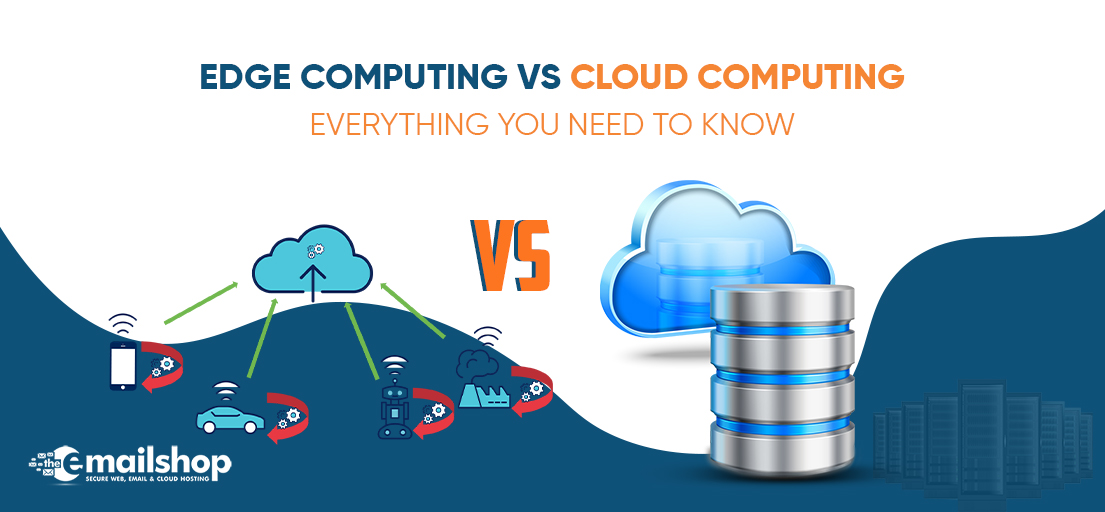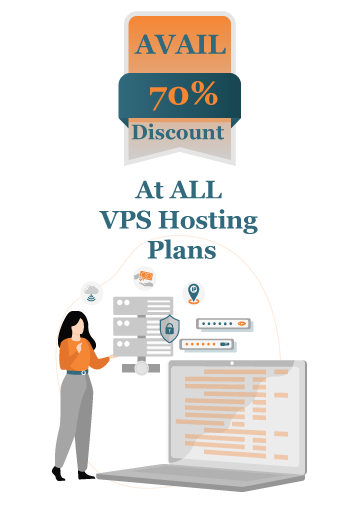An IT environment known as a cloud pools, abstracts, and distributes IT resources over a network. Devices at or close to the user’s or the data source’s physical location are referred to as the edge. Running workloads within clouds is known as cloud computing, whilst running workloads on edge devices is known as edge computing. We will cover every aspect of edge computing vs cloud computing in this article.
Edge Computing vs Cloud Computing: Definitions
Edge computing is a way of handling data that requires storing it close to where it was generated. This makes it possible to respond to demand changes more quickly and ensures that information access is seamless.
Cloud computing is a technique that involves processing and storing data remotely rather than locally. Cloud computing customers, however, have no control over what happens to their data once it has been uploaded to servers run by another business or group. They get unlimited access to their files from anywhere at any time.
What are the Advantages of Cloud Computing
The advantages of cloud computing in the present day are as follows.
Scalability
One of the key advantages of cloud computing is scalability. Cloud services can simply scale up or down based on demand. As a result, businesses no longer need to invest in and maintain costly hardware and software resources that may go unused entirely during periods of low demand. With cloud computing, you may easily access additional resources as your needs change.
Cost Savings
Significant cost savings may result from using cloud computing. Traditional IT infrastructure necessitates significant up-front hardware, software, and upkeep expenditures. In contrast, pay-as-you-go billing is the norm for cloud services. This results in lower capital expenditures and better budget management because you only pay for the resources you really utilize.
Flexibility and Accessibility
The versatility offered by cloud computing is unparalleled. Users can access data and applications from anywhere they have an internet connection, making remote work and collaboration possible. This flexibility is especially helpful in today’s globalized and remote work-oriented world because it allows teams to interact regardless of physical location.
Improved Collaboration
Improved teamwork is encouraged by cloud computing for both individuals and groups. Real-time document sharing and editing are made possible by cloud-based applications and data storage, which improves productivity and communication. This is especially advantageous for projects with numerous collaborators dispersed across various places.
Environmental Impact
The environmental impact of cloud computing may be better than that of traditional IT methods. By pooling resources and improving server utilization, cloud providers can reduce overall carbon emissions and increase energy efficiency. Because of this, firms seeking to implement more ecologically friendly practices can consider cloud computing.
Global Reach
Businesses can quickly grow their operations abroad through cloud computing. Companies can swiftly enter new markets by utilizing cloud services without the requirement for substantial physical infrastructure.
What are the Advantages of Edge Computing
The advantages of Edge computing are described below.
Low Latency
The ability of edge computing to dramatically minimize latency is one of its main benefits. Data latency is the amount of time it takes for data to move between a source and a destination. Edge computing reduces transmission delays by processing data closer to the point of generation. This is essential for real-time applications like augmented reality, industrial automation, and driverless cars.
Improved Performance
By allocating computational resources to edge devices, edge computing boosts the performance of applications and services. As a result, response times are quicker, user experiences are improved, and vast amounts of data can be handled without taxing the centralized cloud infrastructure.
Bandwidth Optimization
The amount of data that needs to be transported to centralized cloud servers is decreased by processing data at the edge. By streamlining data transmission, organizations may transfer data more effectively and spend less money. This optimization of data transmission lowers bandwidth utilization and network congestion.
Enhanced Privacy and Security
By keeping sensitive data close to its origin, edge computing improves privacy. Since data is handled locally, there is less chance that private information will be compromised while being transmitted to a remote server. Edge computing also reduces the attack surface and mitigates potential vulnerabilities by enabling organizations to deploy security controls directly at the edge devices.
Offline Capabilities
Devices can now do computations even if they are not online thanks to edge computing. In rural or offline settings where reliable internet connectivity might not be available, this is very advantageous. Critical operations can continue uninterrupted thanks to local processing.
Regulatory Compliance
Some sectors, like healthcare and banking, have strict regulatory and data privacy obligations. By processing and storing data locally, edge computing enables organizations to maintain compliance, guaranteeing that sensitive information stays within the bounds of legal requirements.
Edge Computing vs Cloud Computing: Which One is Better?
The importance of understanding that cloud and edge computing are two unique, non-replaceable technologies cannot be overstated. Edge computing processes data that is time-driven, whereas cloud computing handles data that isn’t.
Edge computing is preferred over cloud computing in remote locations with weak or nonexistent connectivity to a central site. Edge computing, which works like a small data center, provides the right solution for the local storage required at these locations.
Edge computing is further useful for specialist and intelligent devices. These devices are not ordinary computing tools with a variety of features, despite looking like PCs. These sophisticated, specialist computing systems respond to particular equipment in a distinctive manner. However, this specialization hurts edge computing in several industries where speedy responses are required.
The main point of contention was between edge computing and cloud computing. Now let’s talk more specifically about the future of these platforms.
You May Also Like To Read: How Colocation Server Hosting Can Help Your Business Stay Competitive in the Digital Age
As final observations
In this article comparing edge computing to cloud computing, we found that the two platforms differ and cannot be used in place of one another. It is true that many organizations have adopted edge technology as a result of its ability to resolve minor cloud computing concerns.
Email shop IT Support Company
Is your organization interested in exploring the possibilities edge computing can open up for your operations? Or are you still planning your cloud migration? Either way, the experts at Be Structured are here to help your email shop business achieve your true technological potential. Contact our team today to start developing your IT roadmap for the future.
For Discount and Offers, Visit our Official Twitter Page









